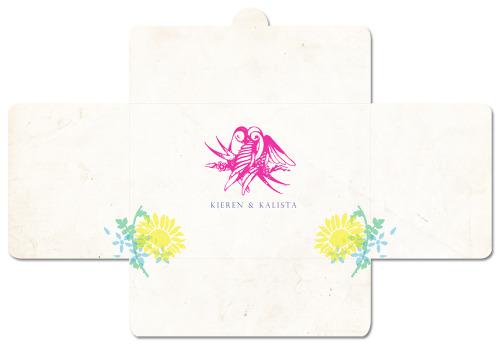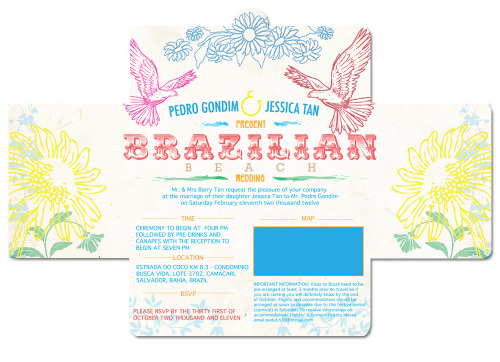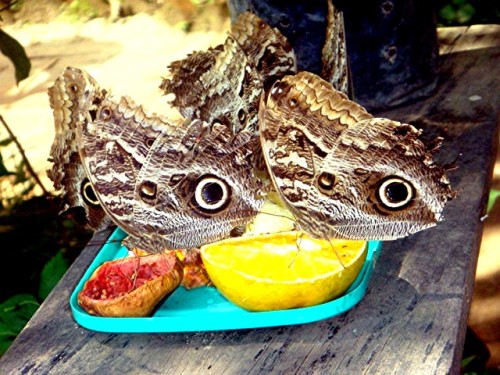
South Atlantic crossing on the Heron
Becoming good at capoeira is not easy. Like anything worthwhile, excelling at capoeira takes lots of time, practice, and dedication. You cannot step into your first capoeira class and expect to leave doing backflips. Even if you’ve been playing for a number of years, there is always room for improvement. Sometimes we hit a “plateau” where we feel like we can’t progress any further. I’ve been there, we all have.
With this in mind, I’m going to try to give some advice on how to improve your capoeira game. Whether you are a beginner and feel like you could never even do a cartwheel, or an advanced capoeirista who has slammed into a wall, this advice will help you at any stage.
Stretch:
Capoeira is all about flexibility. The more flexible you are, the better you will be at capoeira, period. Flexibility will improve your body’s range of motion, allowing you to kick higher, bend further, and dodge quicker. When you stretch, you want to make sure to stretch all over. Being able to do the splits is wonderful, but if you can’t do a backbend then you’re really limiting yourself in capoeira.
You can stretch to warm up and to cool down. Like I said, don’t just focus on the legs and forget the arms, neck, or back; capoeira is a full body workout.
Strength Train:
We’ve all know what a great capoeira body looks like: it seems as if some capoeiristas were bred for this, with ripped abs, bulging pecs, and huge arms. Do you have to look like a superhero to play capoeira? Nope. But you do need to have a respectable amount of upper and lower body strength in order to perform many of capoeira’s basic (and advanced) movements.
By constantly stretching and building your strength, your capoeira game can go nowhere but up. You’ll also be improving your coordination, stamina, agility, and overall fitness. You can’t go wrong.
Practice the Basics:
This should be a no brainer, but lots of people lose sight of the basic techniques in their never-ending quest to learn more floreios. This is just as important for newbie capoeiristas as it is for veterans, there is never a point when it becomes ok to stop practicing the basics. I’m sure there’s something that could be improved about everyone’s armada, bencao, or even ginga. And if not actual improvement, it’s good to practice basic movements and get a feel for changing things up and developing your own style.
There is no better way of doing this than repetition and implemenation. The more you do armadas, the more it will become like a reflex. Even when it gets to the point of becoming a reflex, you should still practice and perfect it. You can do all the backflips in the world, but if you can’t do a queixada you’re no more a capoeirista than a gymnast.
Learn Portuguese:
Learning Portuguese will allow you to understand what your mestre is saying when he yells at you and points to a corner.
Watch Videos:
The best way to learn new moves and techniques is by training with people who can teach you. But sometimes this isn’t possible; maybe nobody in your class is that advanced, or maybe you just need to broaden your horizons and get new ideas. That is where watching videos comes in. Videos are an invaluable part of the capoeirsta strategy guide.
Ask Questions:
This is another point that might make you say “duh” but you’d be surprised how often people don’t ask questions (Faisca teach a class, so he know these things). Instead of blindly following what your mestre or instructor tells you, ask them questions. Ask why you put your hand in a certain place, or why you must twist a certain way.
Asking about a move might help you figure out why it doesn’t feel just right, or it might give you an idea about how to do something else. At the very least, you will probably get a better understanding of why the move is used and what situation to use it in. This isn’t middle school, don’t be afraid to “raise your hand.”
Visualize:
Capoeira is not a choreographed performance, but it doesn’t hurt to have some ideas about what you may want to pull off in the roda. I constantly find myself thinking about combinations, feints and counterattacks, etc. while going about my daily business. It helps to see myself do things before I actually try to do it, and if you have a good imagination you can pretty much know exactly how things will turn out (all you have to do is get your body to implement it).
This is a pretty simple piece of advice, and maybe something you already do, but it’s good to remember. Especially if you’re frustrated with a certain move and it’s all you think about, sometimes it’s good to focus on something totally different. Maybe when you’re thinking about how to flow from a kick into a macaco you’ll end up discovering the trick to figuring out something else entirely.
Interact in the Roda:
Scenario one: player one throws an armada, and player two, five feet away from player one, does esquiva. What?
Scenario two: player one and player two have a fast game going on, they both throw armada at the same time and their legs tangle together, ruining the flow. Ouch!
Scenario three: a medium paced game, player one shows a beautiful meia lua, player two just stands there and gingas. Do something!
How many times have you seen these scenarios or something similar? The most beautiful capoeira games occur when the capoeiristas interact with eachother, not when they do their own thing. I’ve heard the jogo described as a conversation. That is, when one player does a move he is asking the other player a question and expects an answer. The other player should respond to the original move in a way that makes the conversation flow. Don’t stand there when someone does meia lua; esquiva and then respond with another movement.
Always be aware of the other player, that is one of the most important things in capoeira, because you will be able to understand where he is trying to take the game and how you should respond in kind. I think that sometimes we forget how important interaction is in the roda. It isn’t a venue for individual show offs, it’s a conversation between friends.
Learn the Instruments:
Learning the instruments will allow you to free your mind and focus on something other than your frustration. Becoming good at the berimbau, and other instruments, is not easy and it takes much practice, but if you do learn the music you will be surprised at how much it will impact your game. You’ll have a much better understanding of what the berimbau is saying to you when you actually understand the language.
Challenge Yourself and Overcome Fear:
There is room for many fears in capoeira: fear of hurting yourself, fear of making a mistake, fear of looking foolish. Everyone has their own fears, and these fears hold us back and prevent us from becoming better capoeiristas.
I can’t tell you how to overcome your fear, but I can tell you that you need to come to terms with it, discover exactly what it is (if you don’t know already), then face it and overcome it.
An important aspect of overcoming a fear is challenging yourself. You’re afraid to do a macaco. Why? Do you think you’ll land on your head? Do you think you’ll look like a monkey (hint: you’re supposed to)? If you have fears holding you back, then just start small. Maybe the reason you can’t do a macaco is because your back is not flexible. Once you realize this, you can accept it and put yourself to the test.
Instead of going straight for the macaco, work on your backbends. Once you can get backbends by laying on the ground and lifting yourself up, work on moving into a backbend from a role, reaching over and doing the backbend without your back touching the floor. Once you overcome these challenges, and realize it’s not all that bad, you’ll have more confidence in your skills and you’ll be able to tackle the macaco.
Once you challenge yourself and overcome a fear, you’ll find that so many new doors will show themselves to you, and you’ll laugh at yourself for being scared to open them in the first place.
source : http://thecapoeirablog.wordpress.com/


Today: My Job and Me

Jess & Pedro Wedding Invitation Sample.

Jess & Pedro Wedding Invitation Sample.

The Royal Couple! XD

Butterfly eyes.. I took this at the Belo Horizonte Zoo in Brazil.
Ok so this is a brief apology on my part for being so incerdibly lazy and for only ever have written one post. I have actually embarked upon many soulful adventures but the one I am currently experiencing is too big not to document. I am currently sitting in a hostel In Salvidore, Brazil and I dont even know where too begin. Lets just say it involves: getting lost deep in the Amazon jungle, Fishing and eating Piranhas, witnessing my stepfathers top finger munched by the little bastard, being covered head to toe in bites from goodness knows what and… being a survivor of a hostage of Brazilian pirates held captive in a dark cellar with many other locals armed with guns and machetes!. Um yes you read correctly. BRAZILLLIAN PIRATES, GUNS, MACHETES and the whole deal. So where to start? You may not believe it but the hostage situation, although extremely terrifying and a great tale to tell, it is not the only tale of worth. I honestly dont know where to begin with my tales as there are simply too many to tell, so I suppose Il start from the beginning of my Brazillian travels and work my way through the many trials and trubulations I have been ´blessed´to encounter and BLESSED to have made it out alive.
I know its an honest mistake, especially in Alabama because most people don’t know any better (bless their hearts), but just because I have black hair and brown eyes and slightly tanned skin does not mean I’m Mexican! So please stop coming up to me and attempting to speak Spanish to me or ask me what part of Mexico my family is from. It’s annoying and at times rather insulting. I’m half Brazilian!!!!! Not Mexican! And if I could speak a foreign language it would be Portuguese and not Spanish!

No comments:
Post a Comment